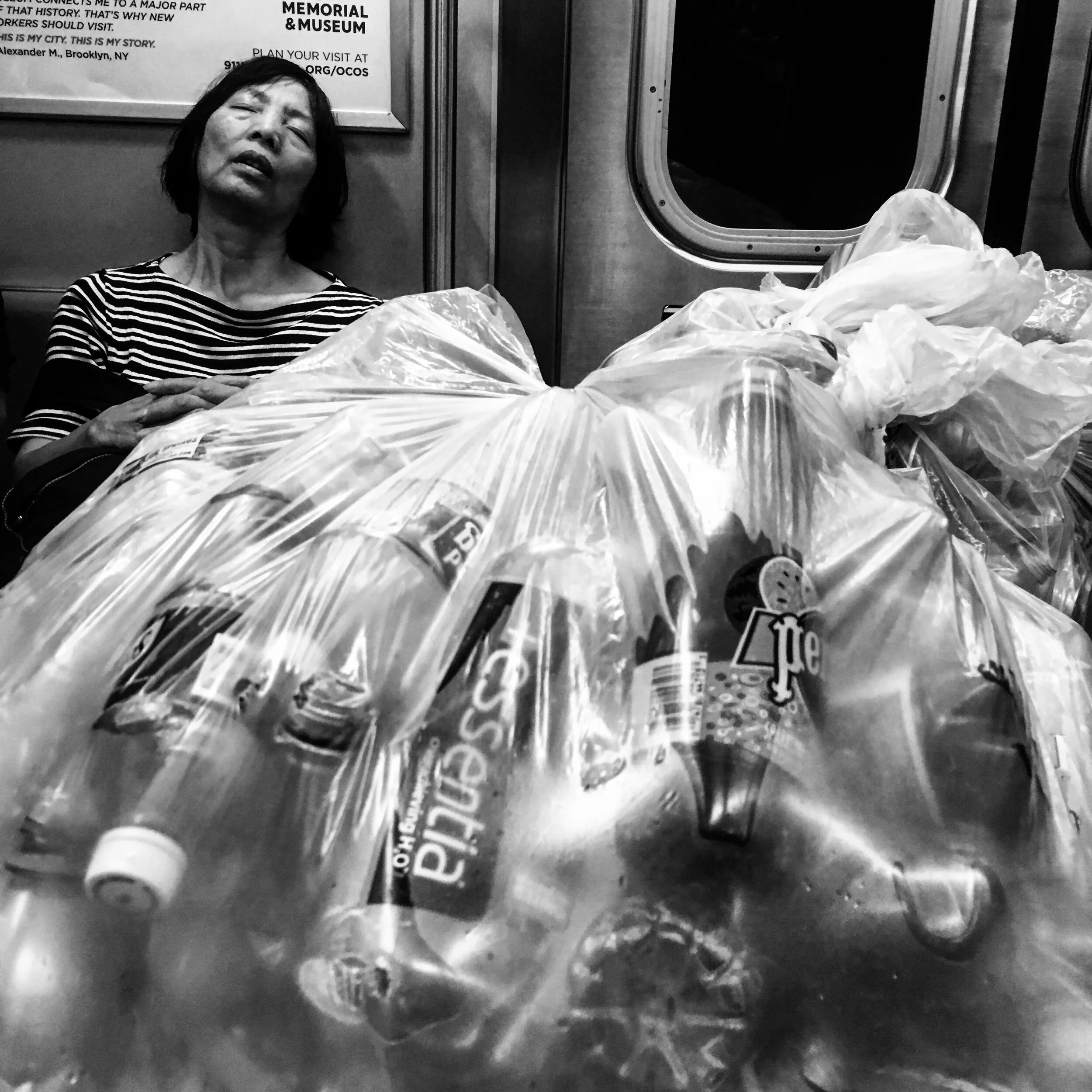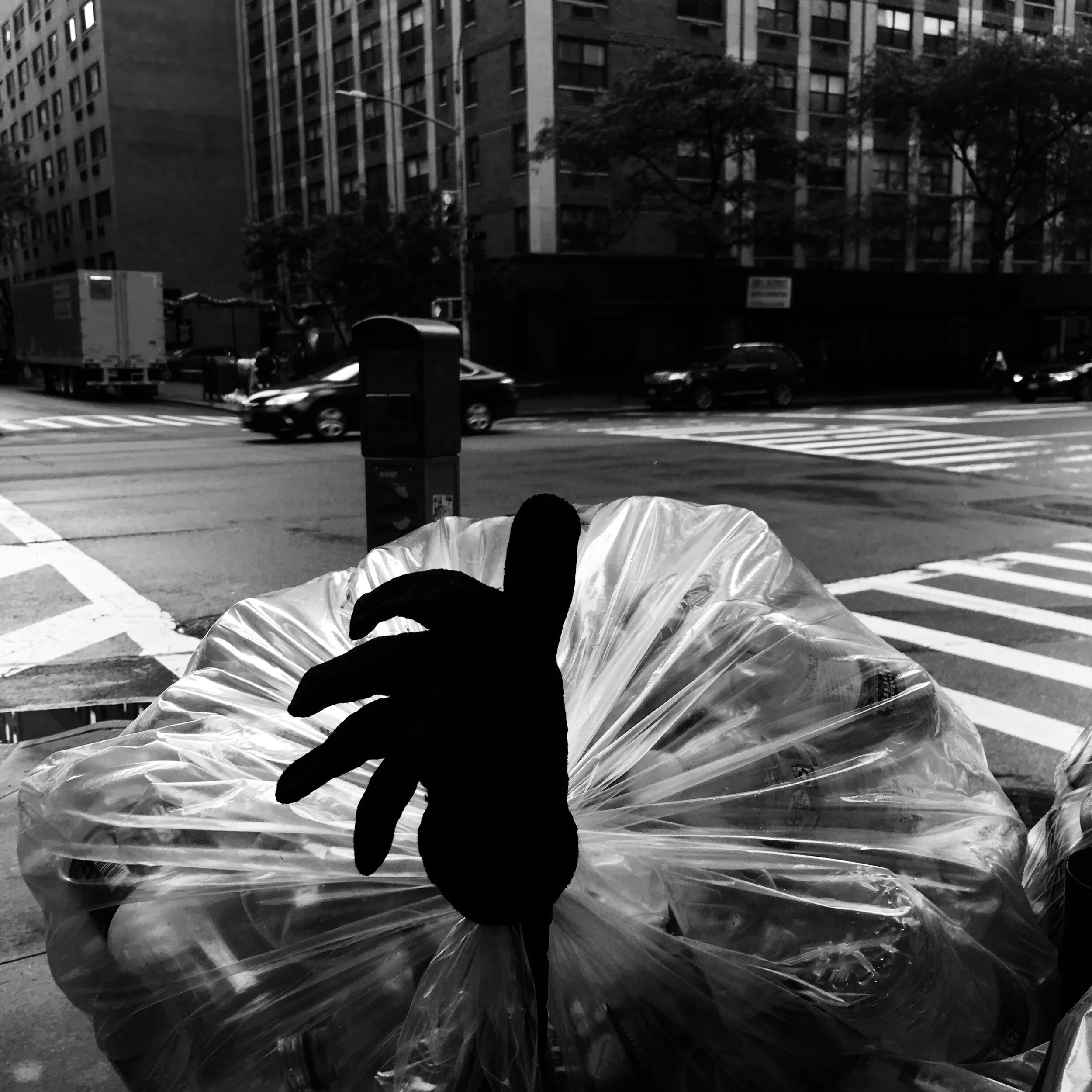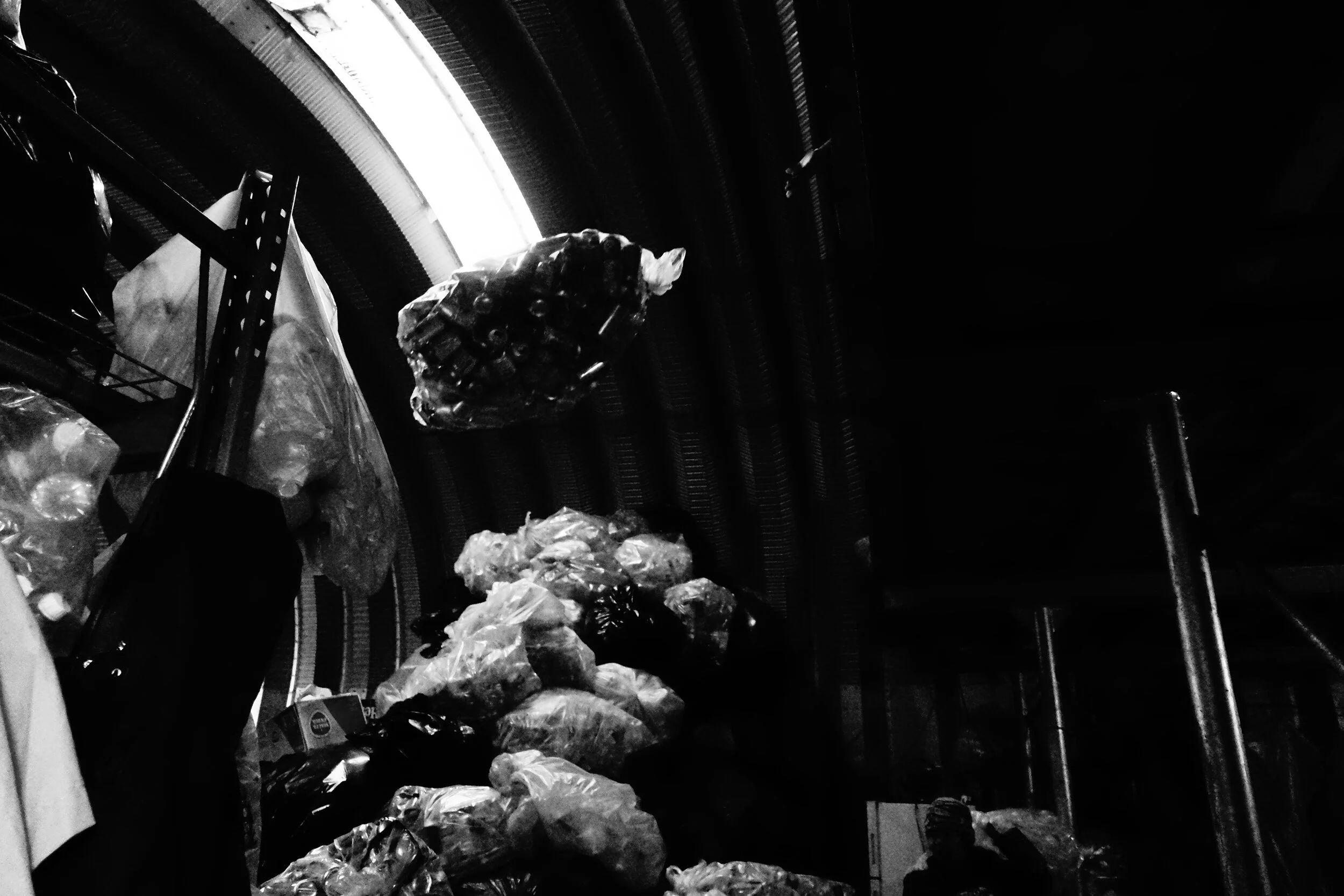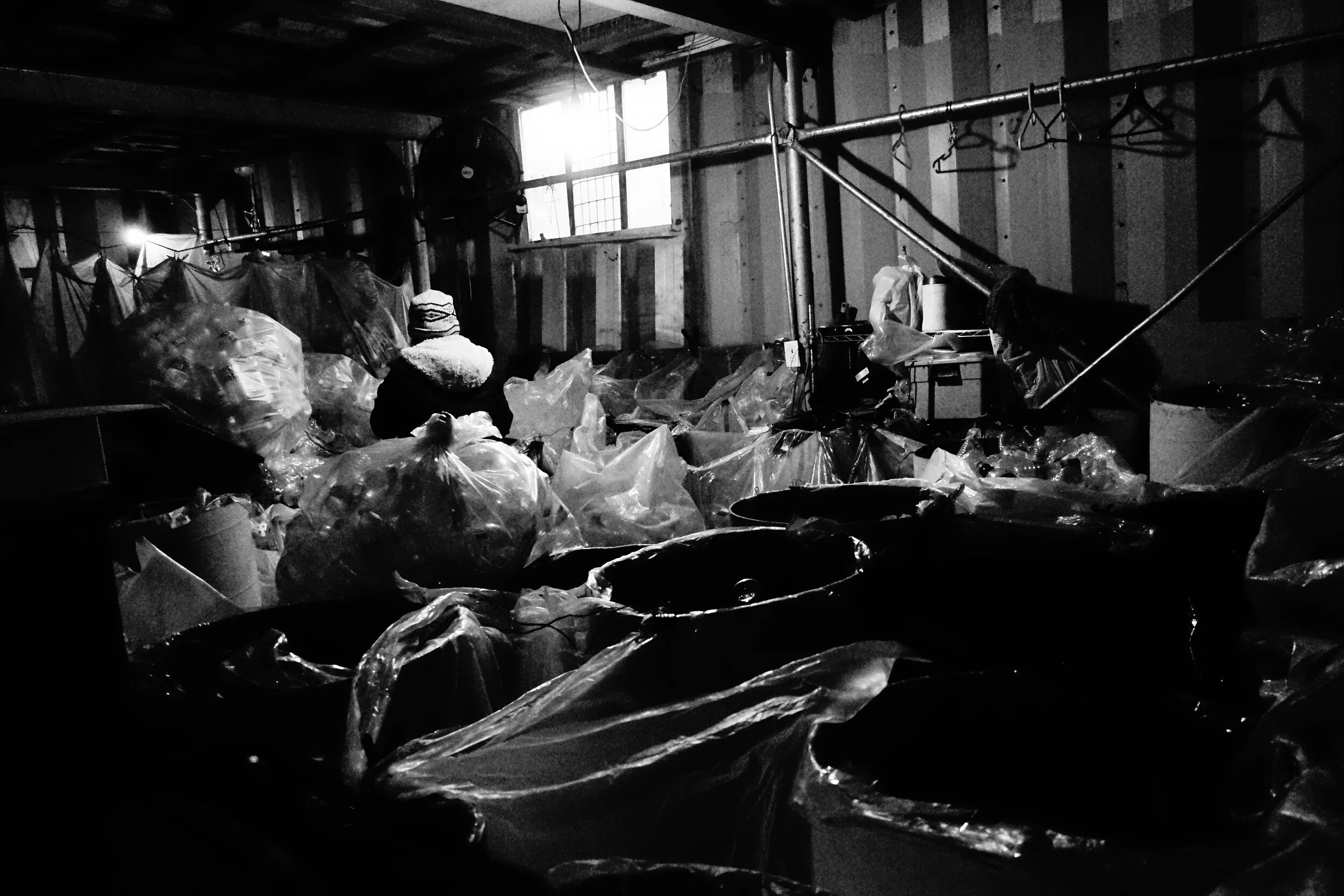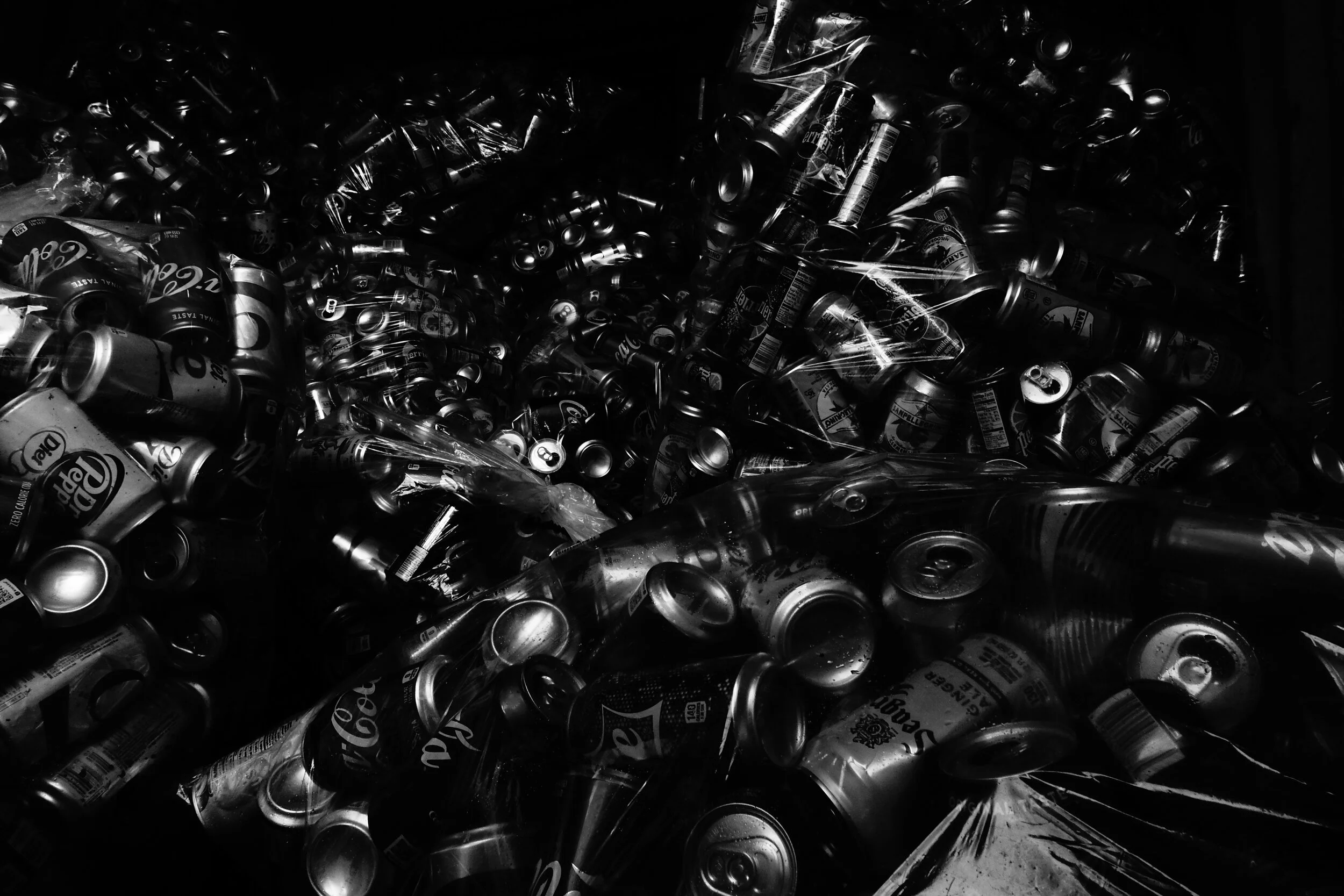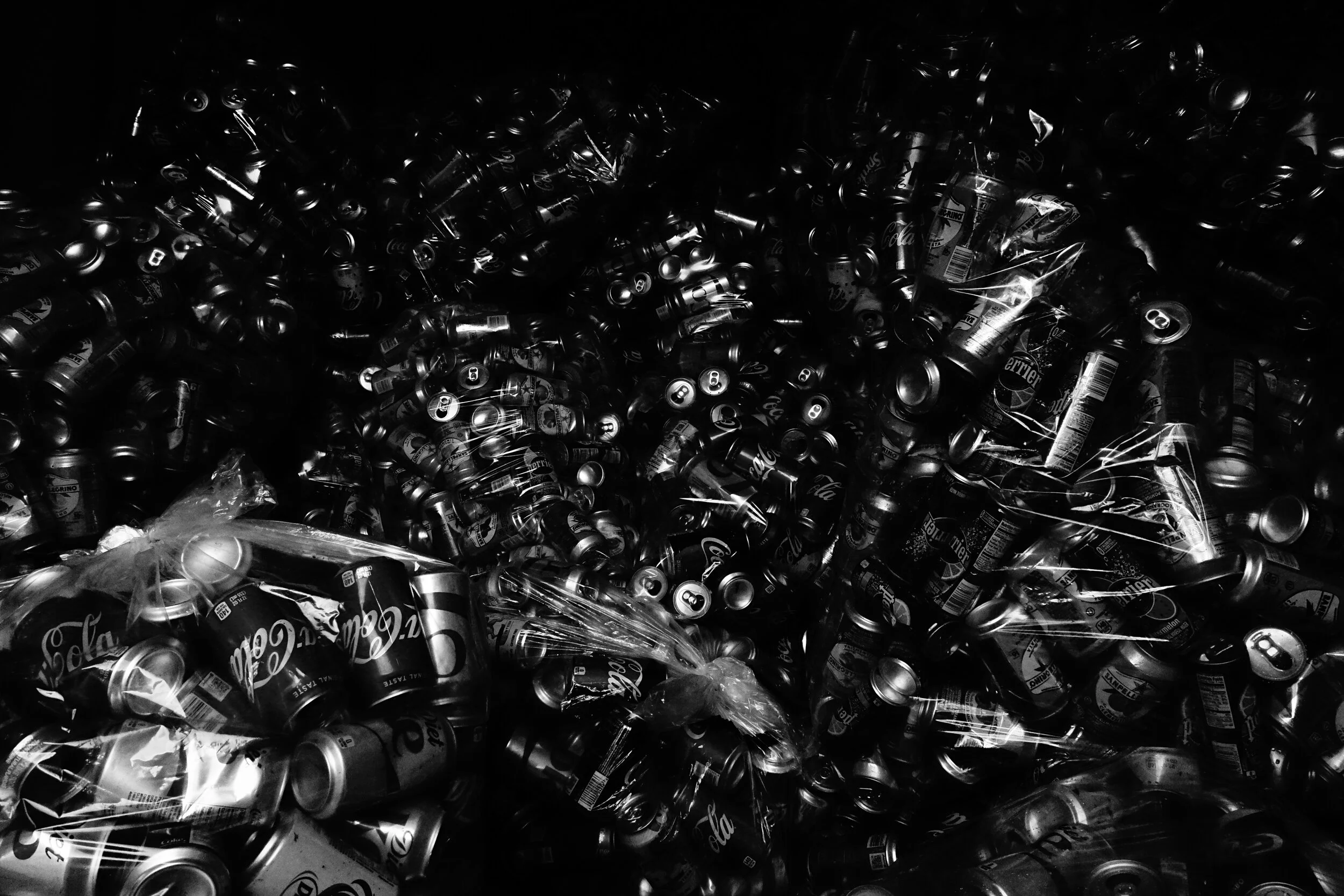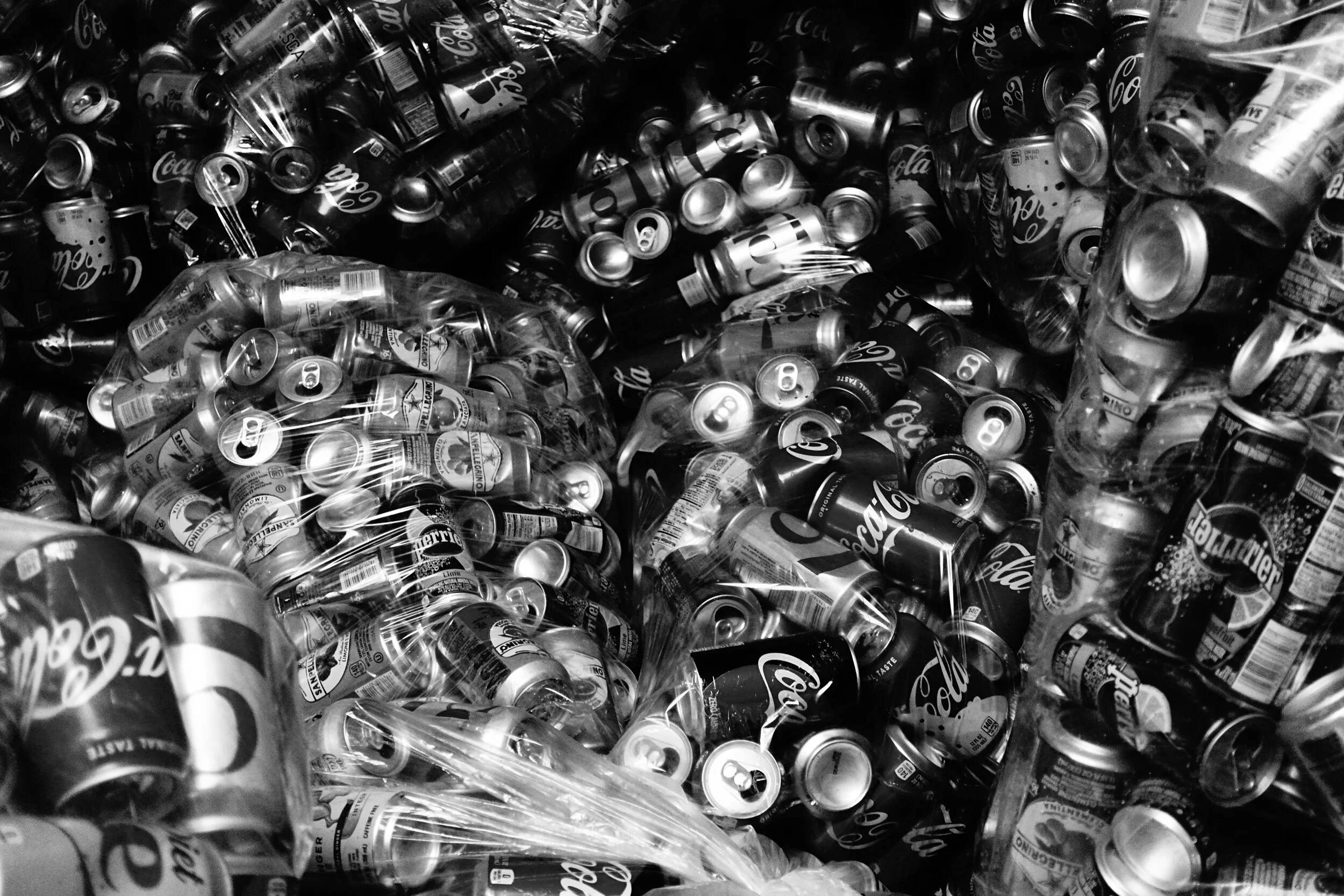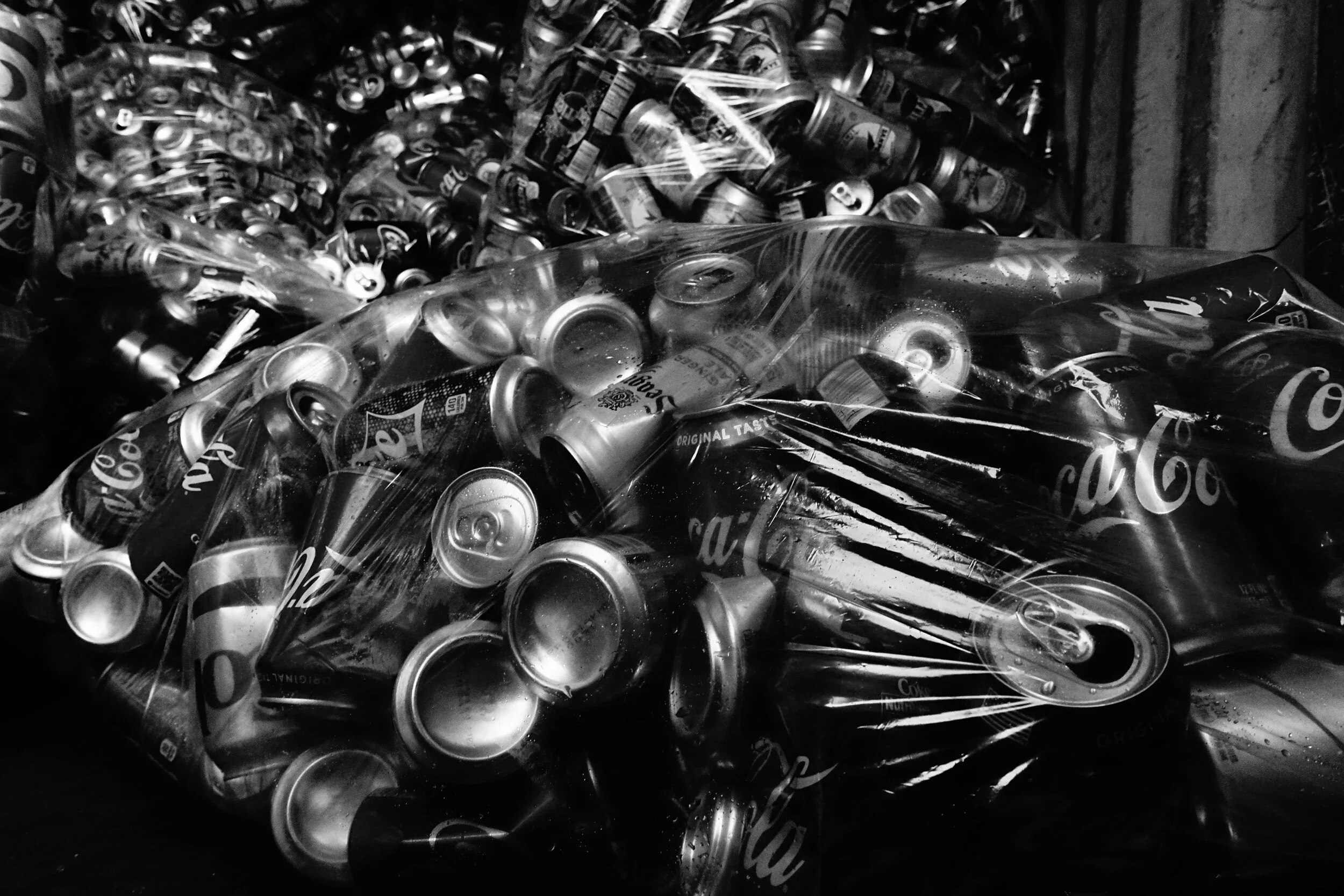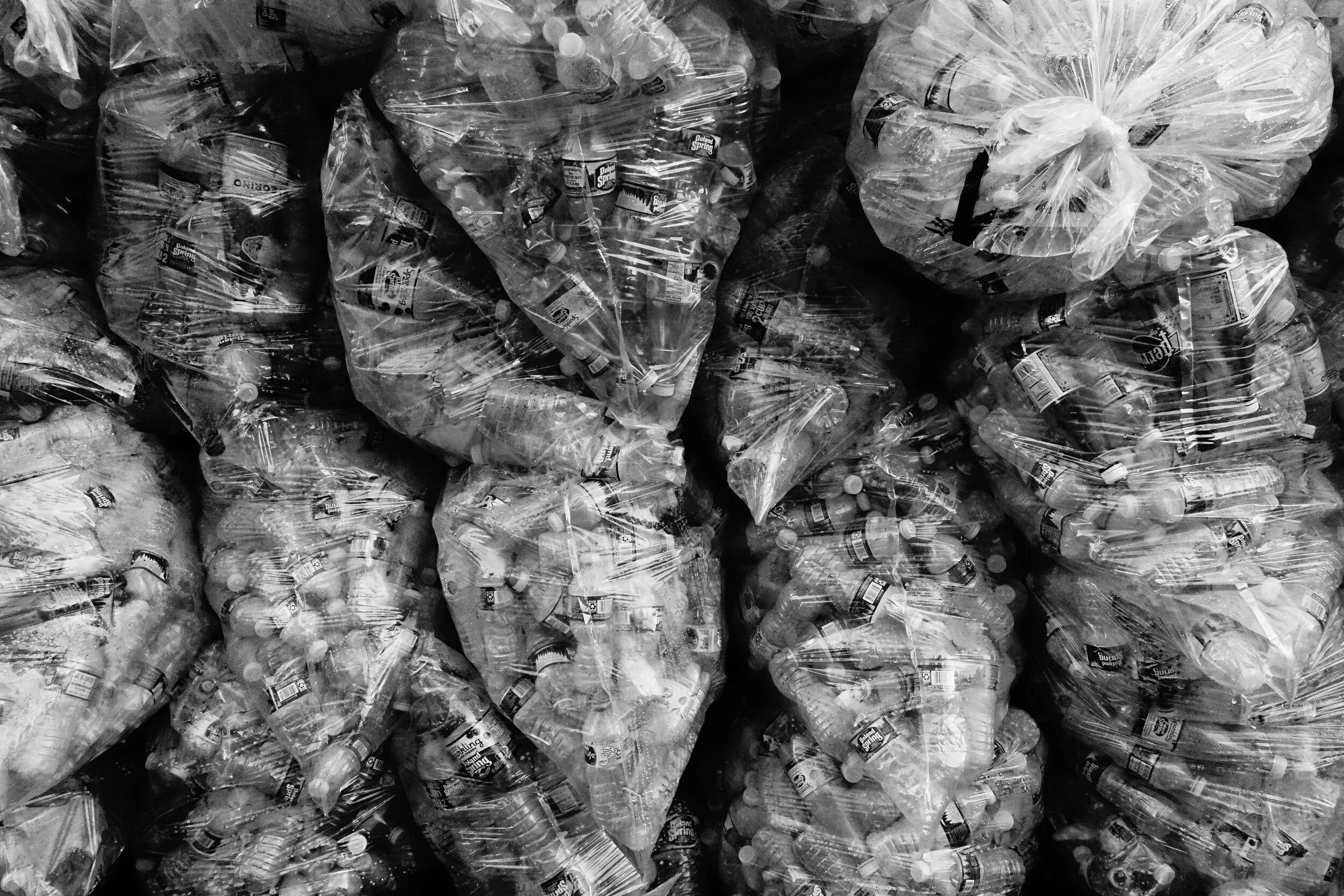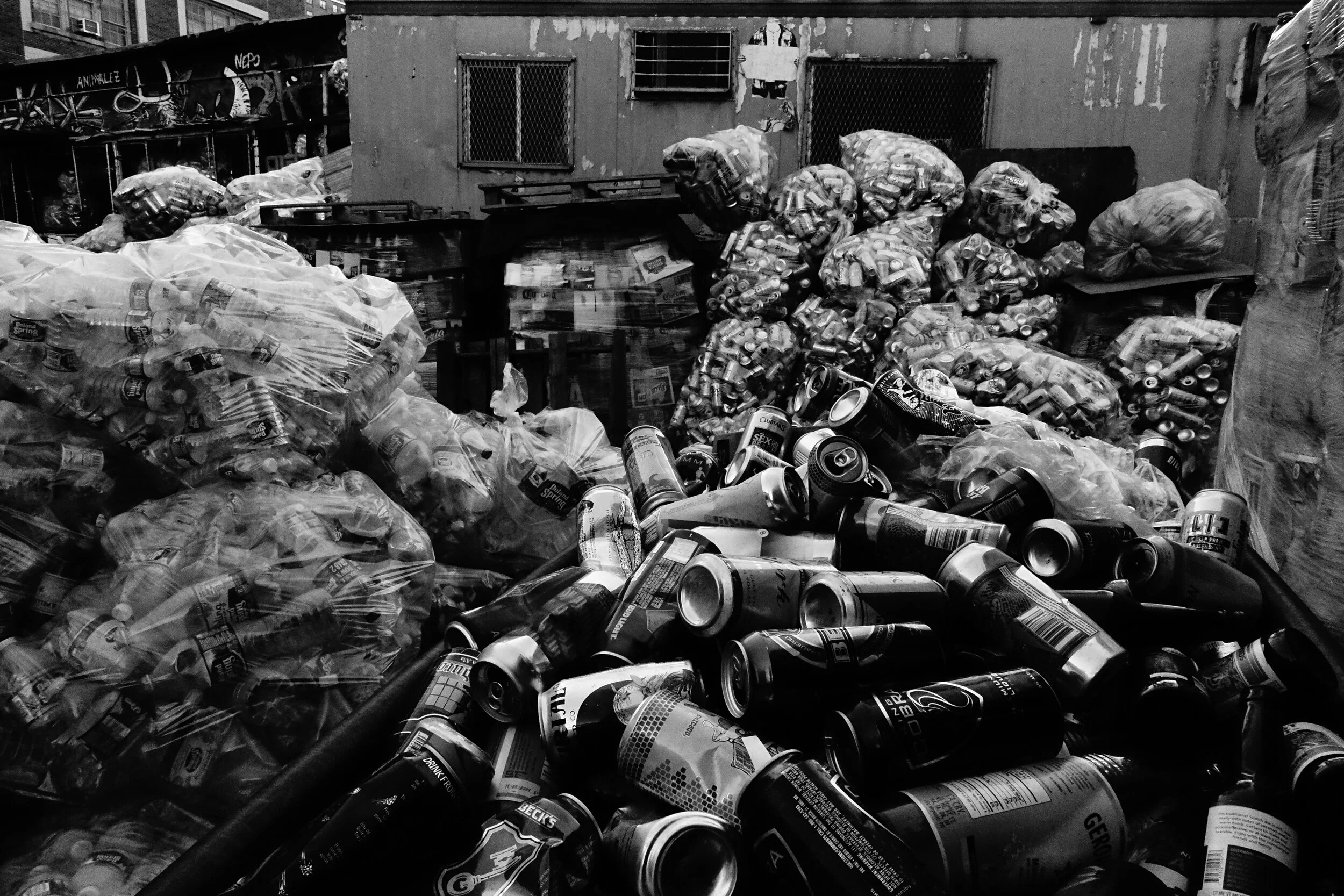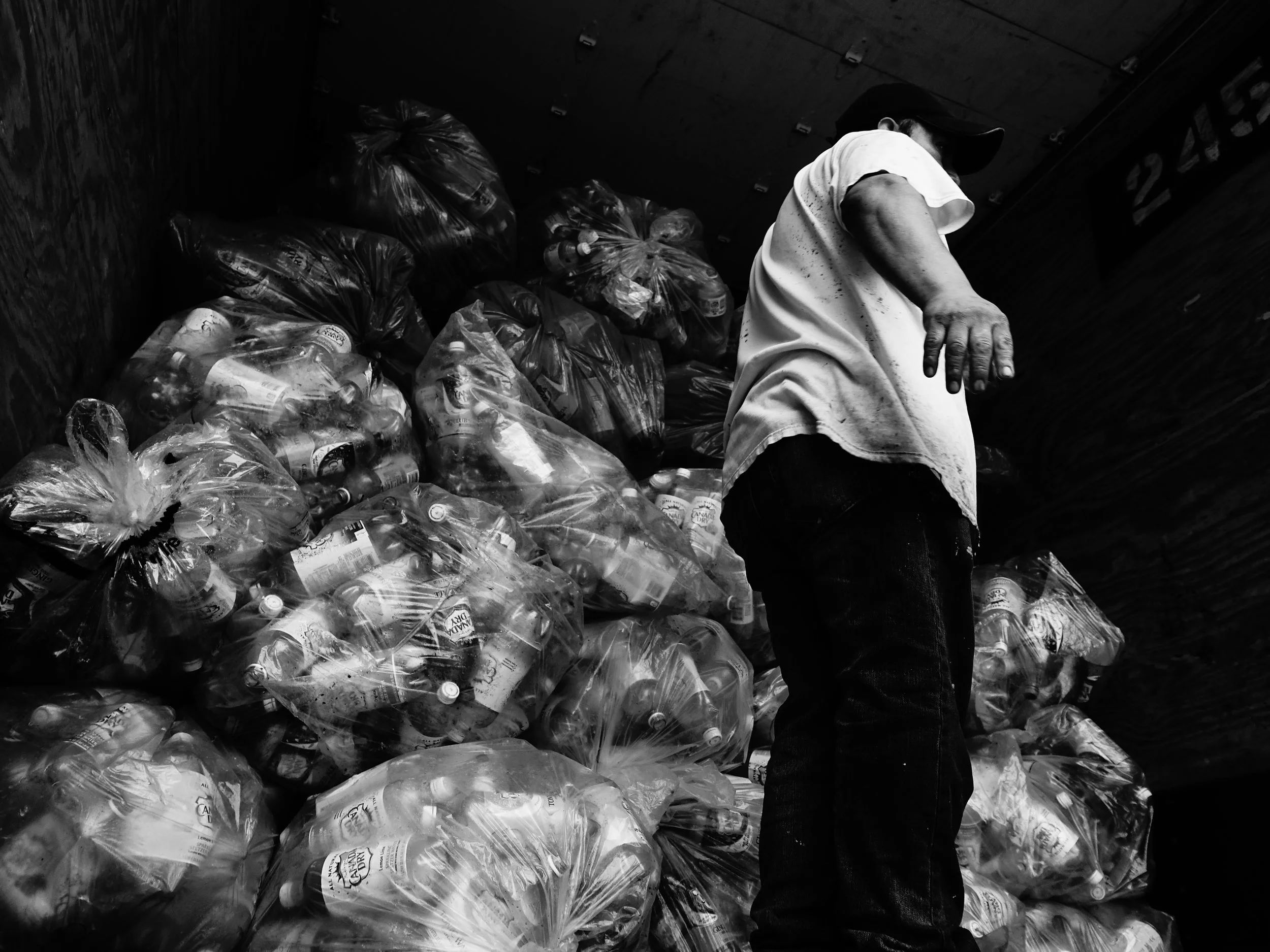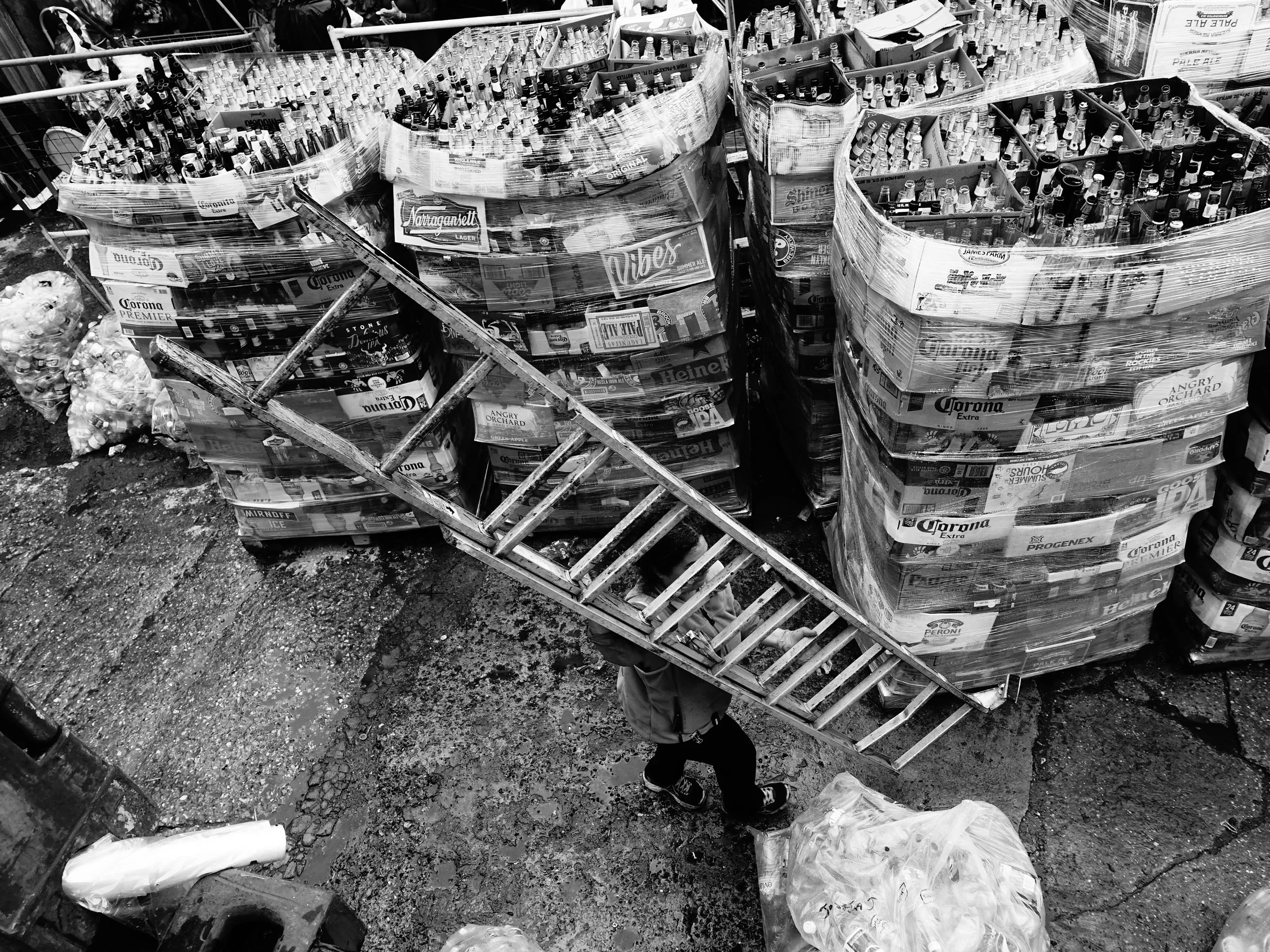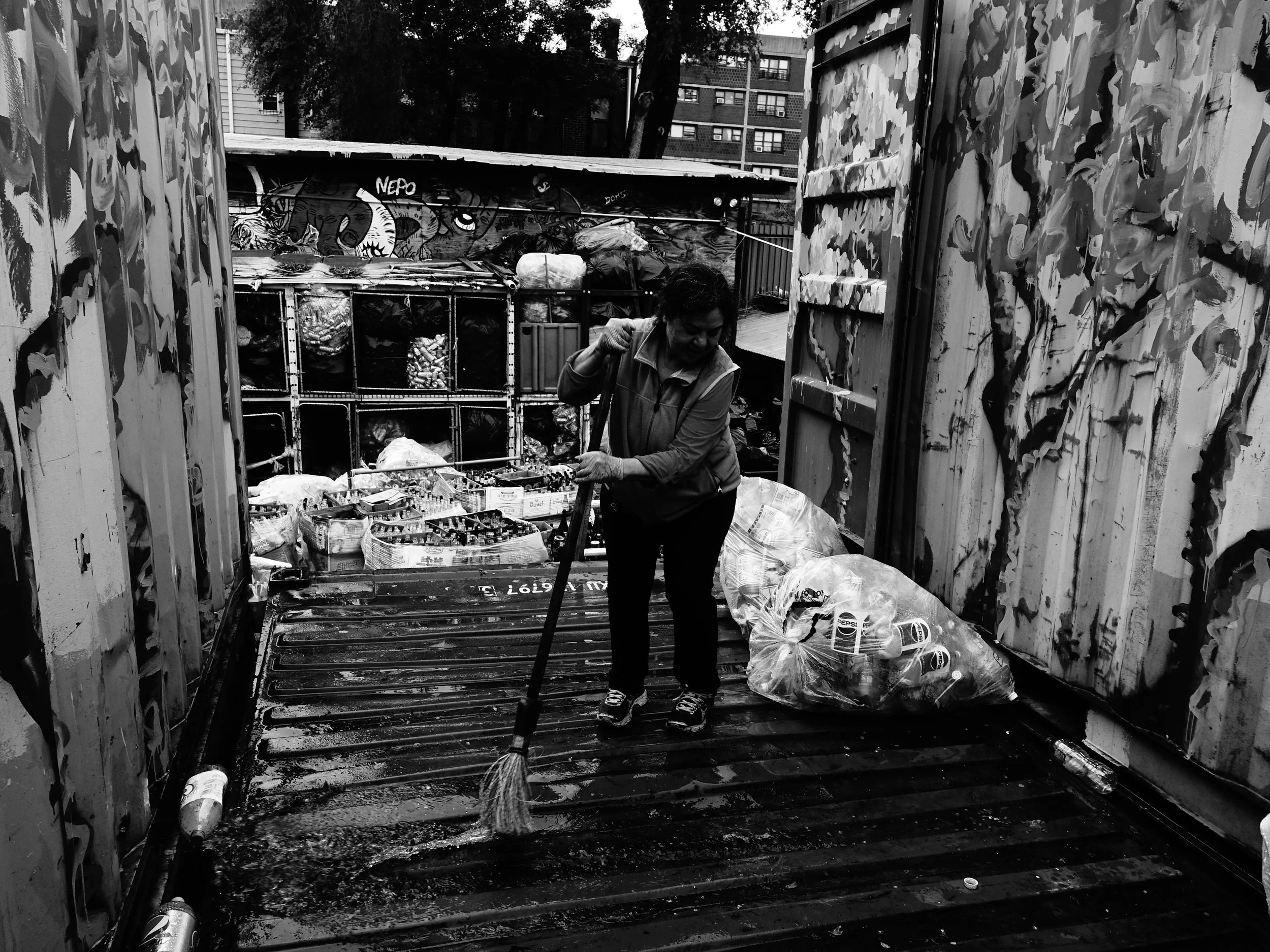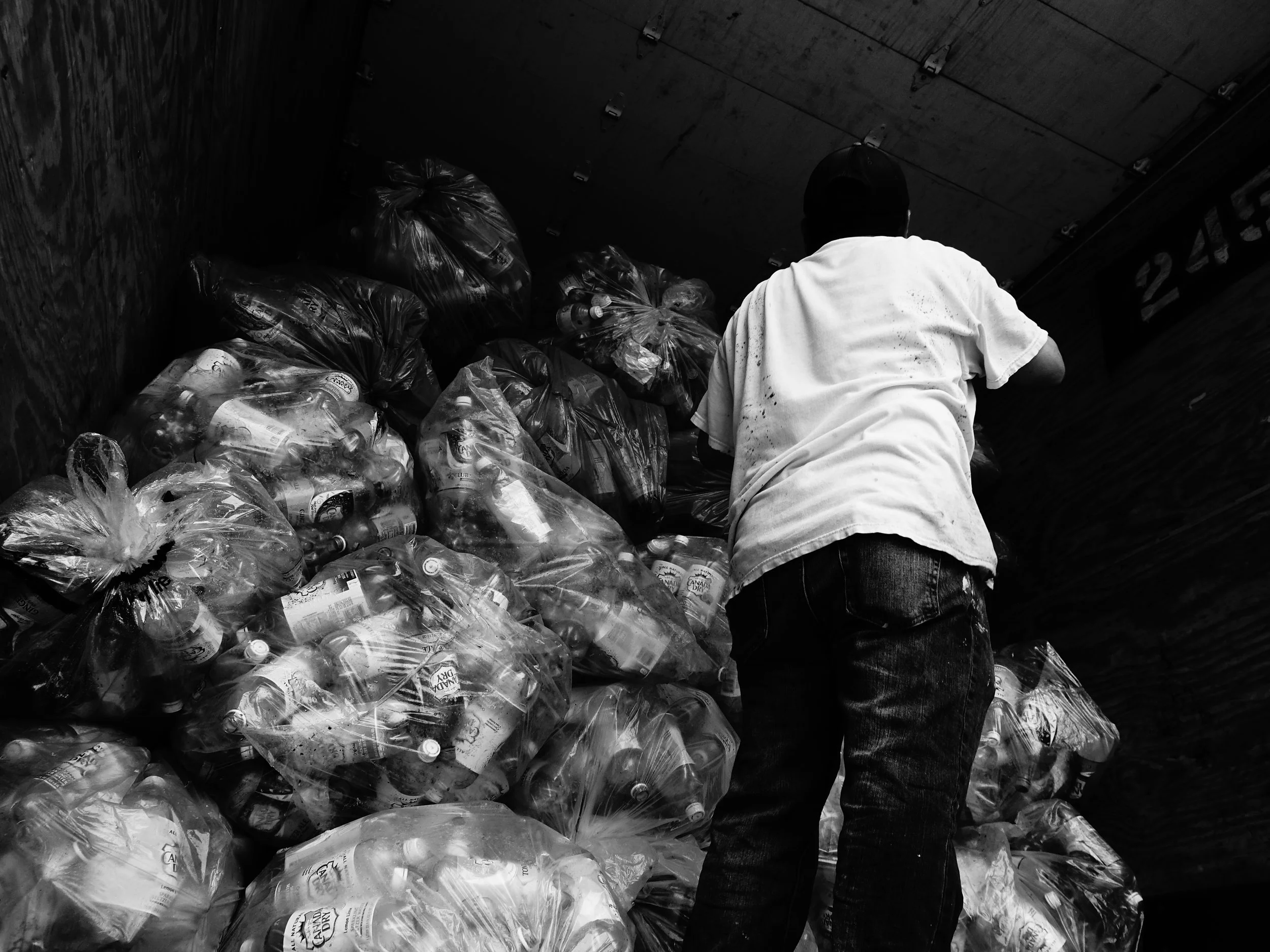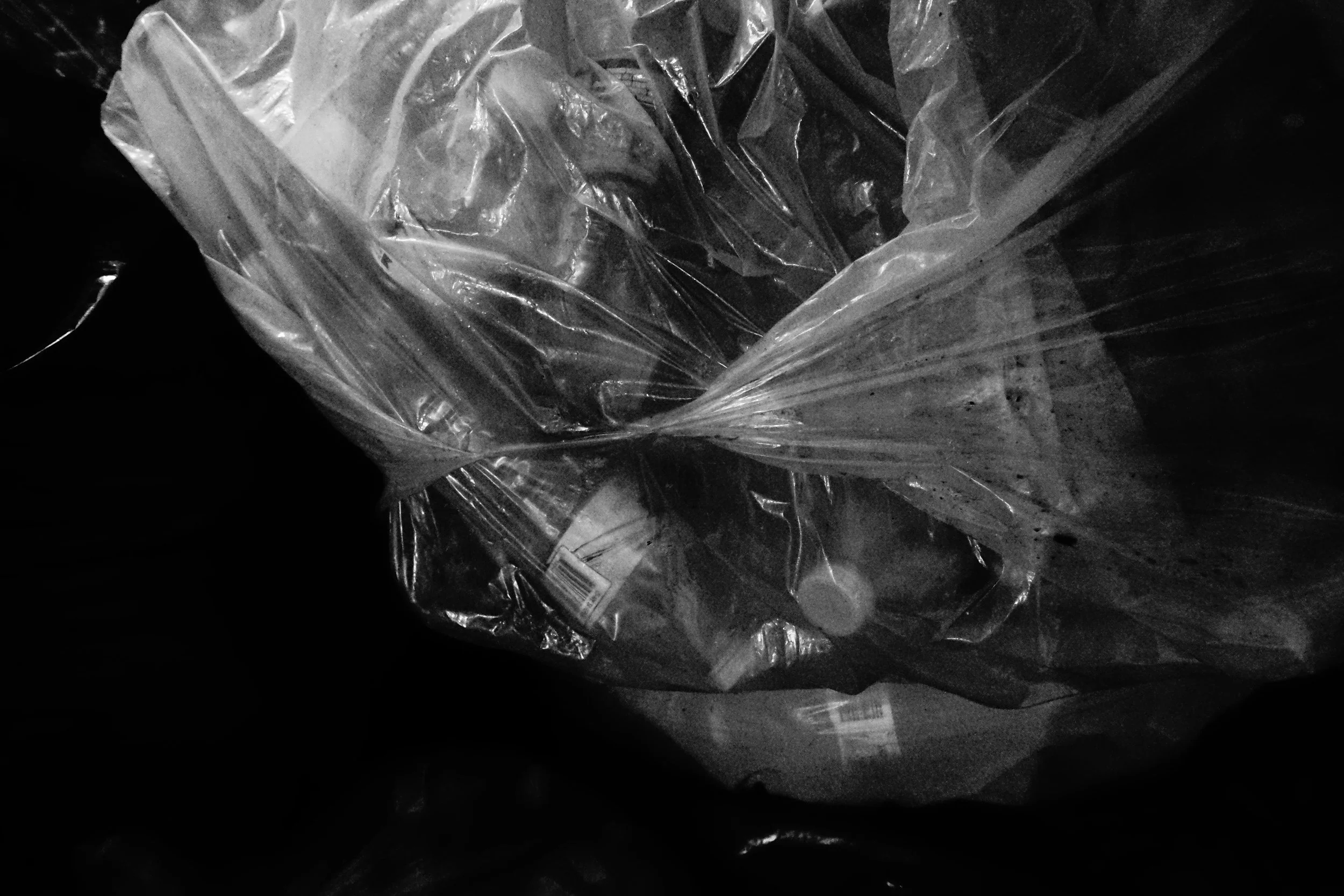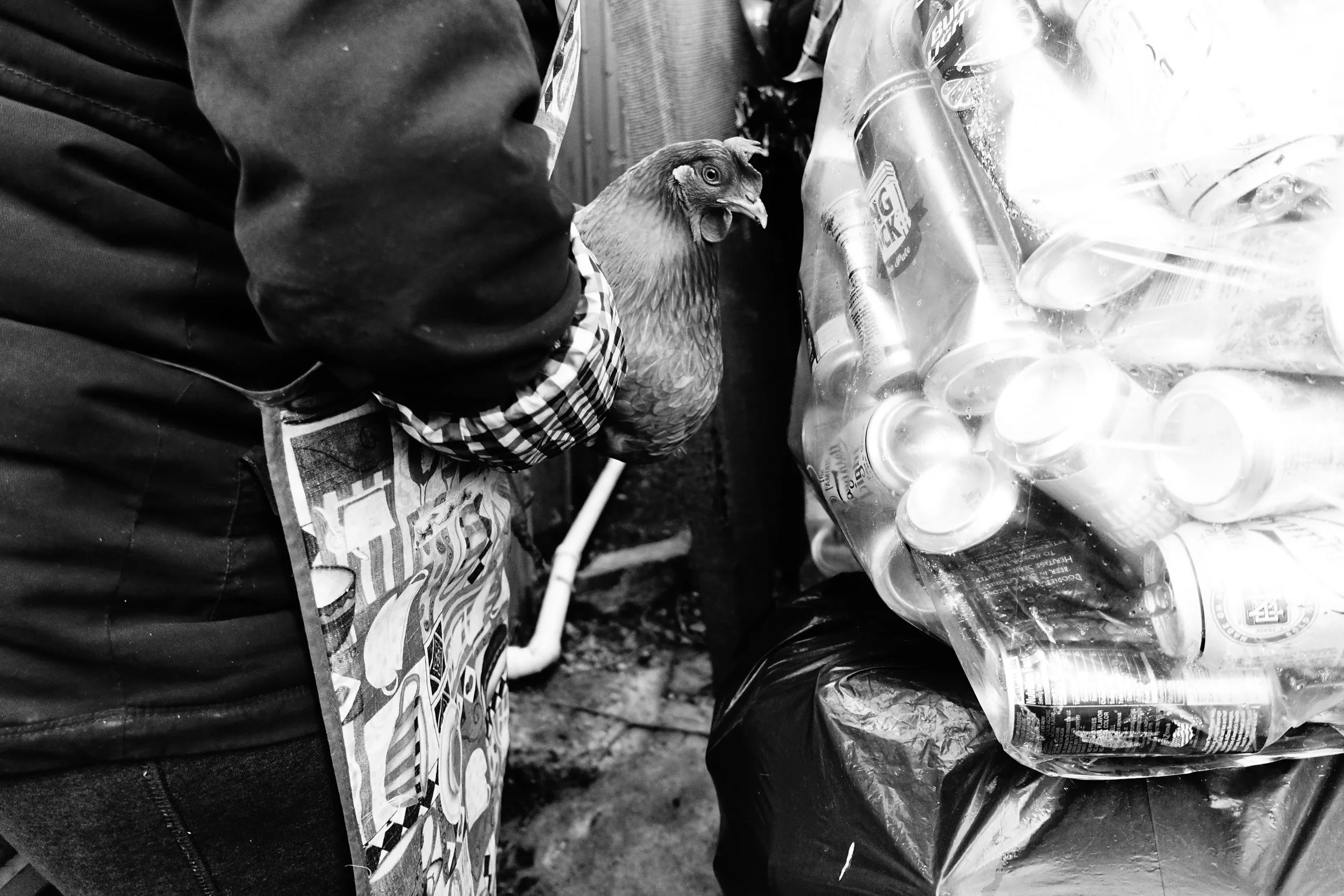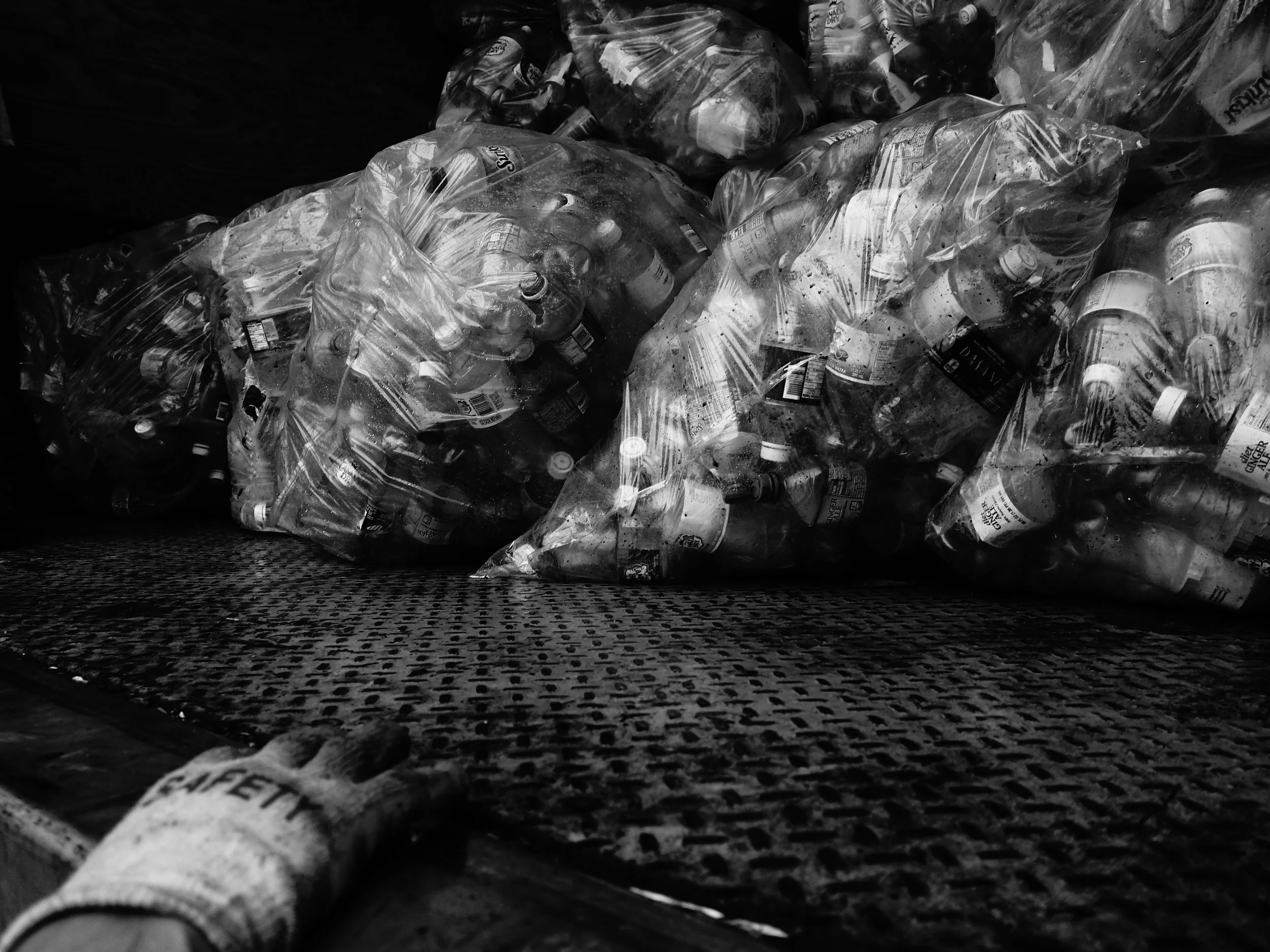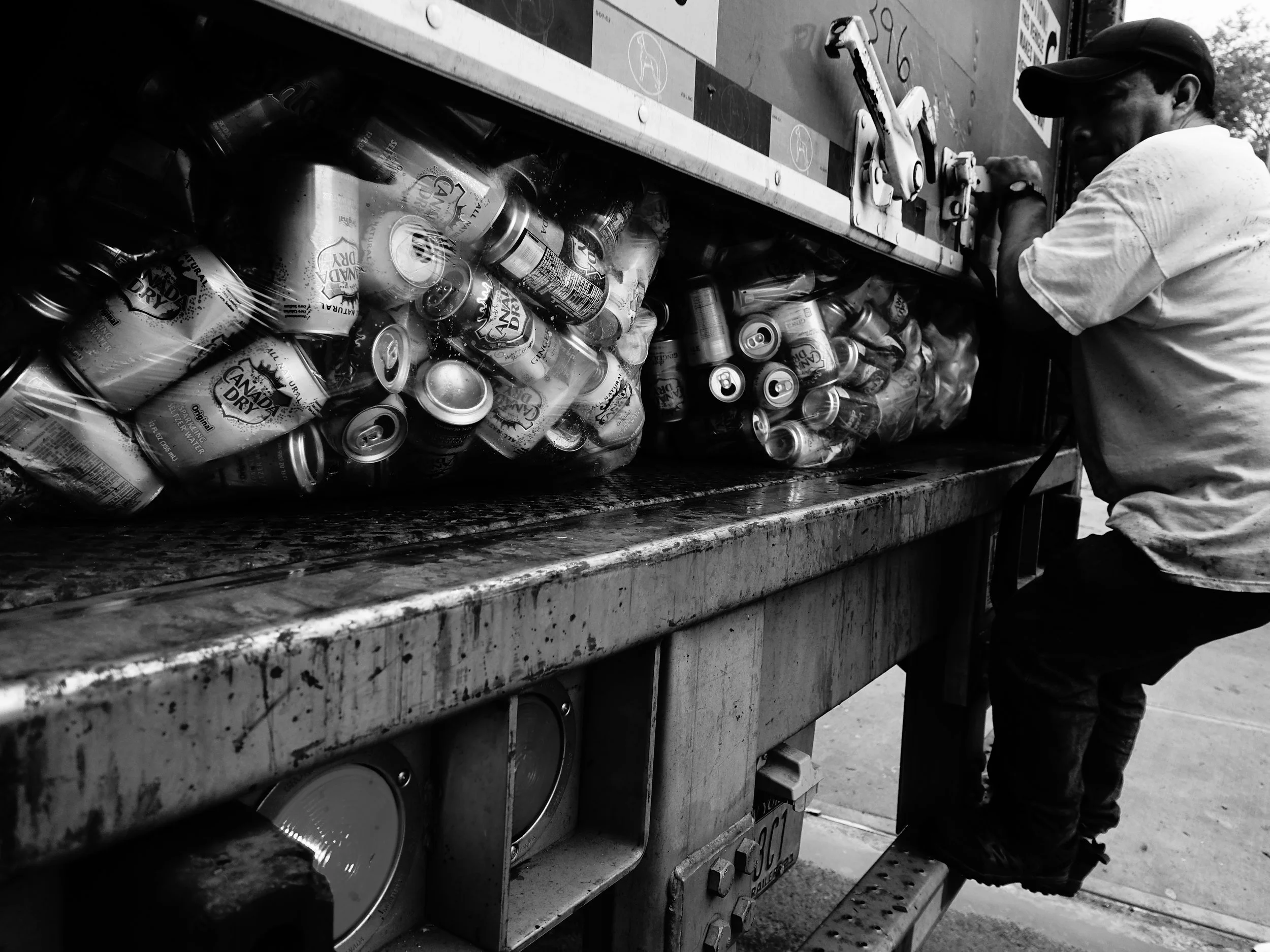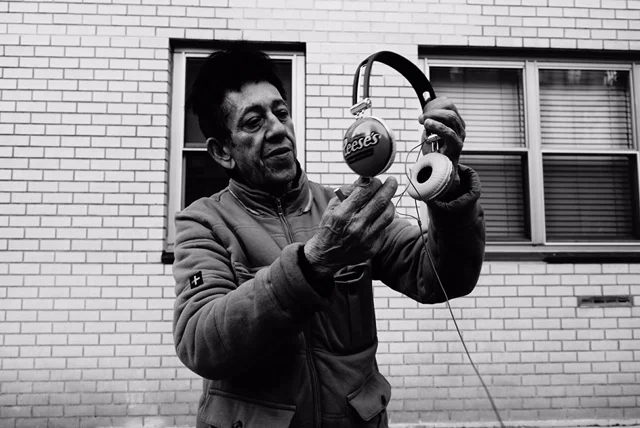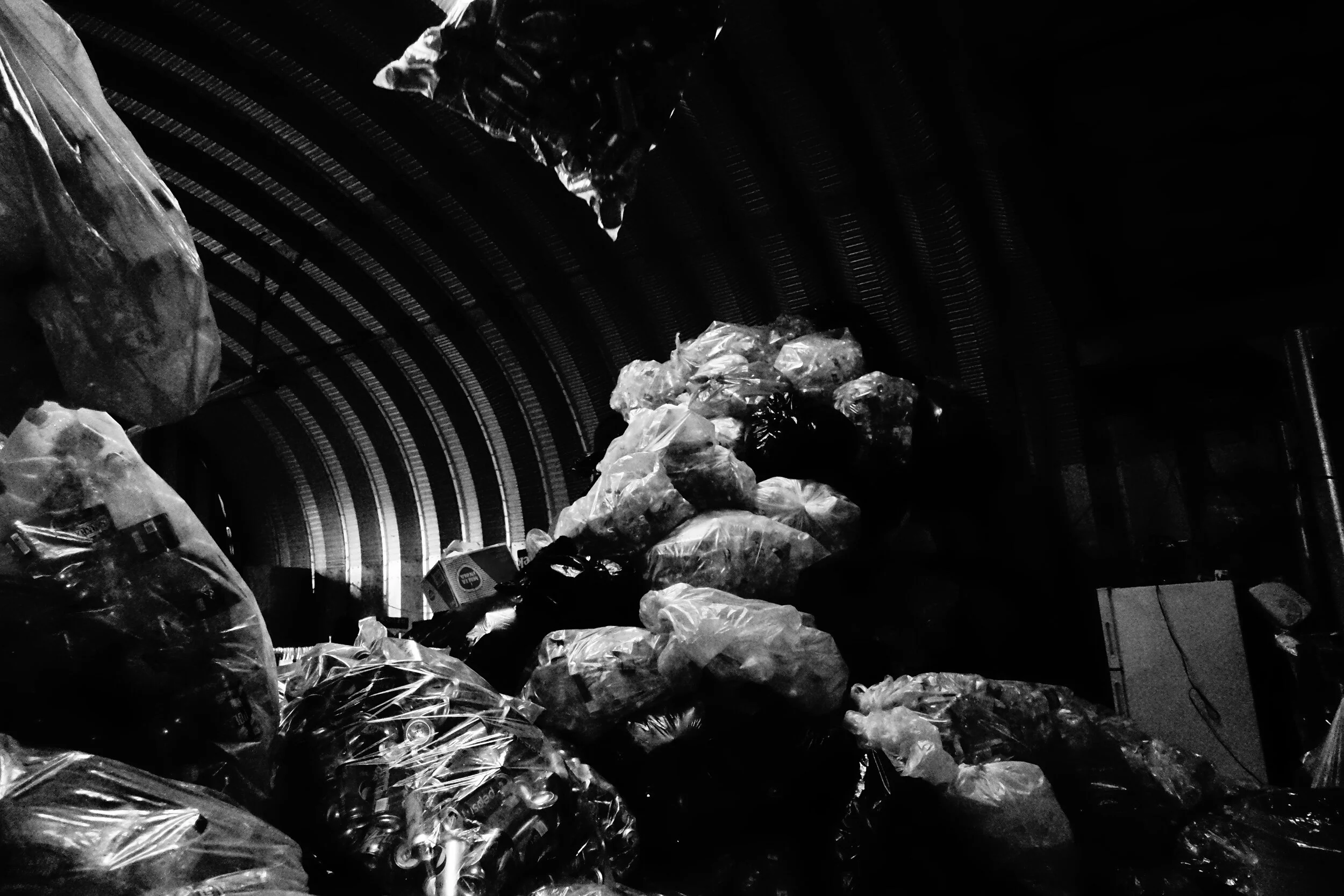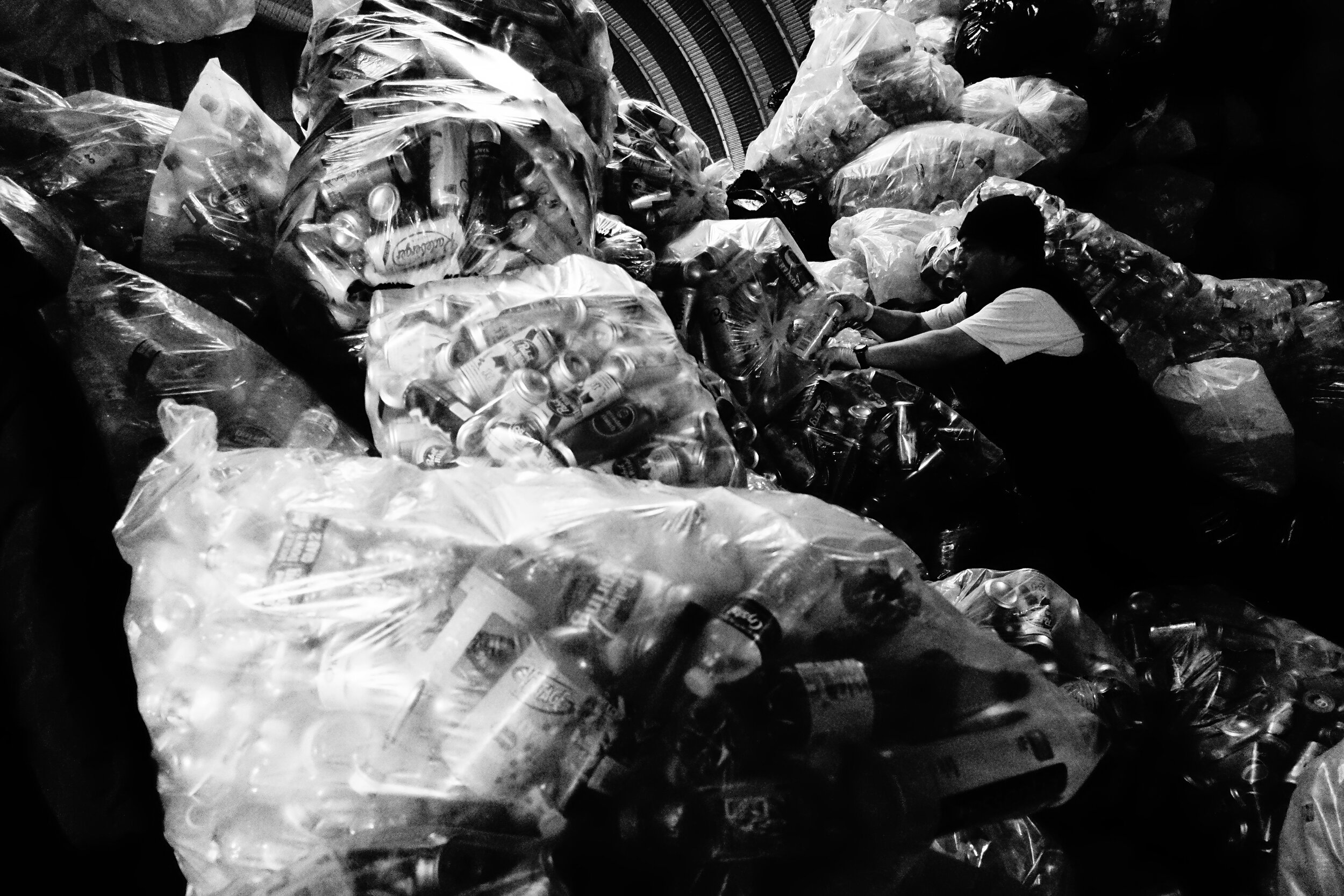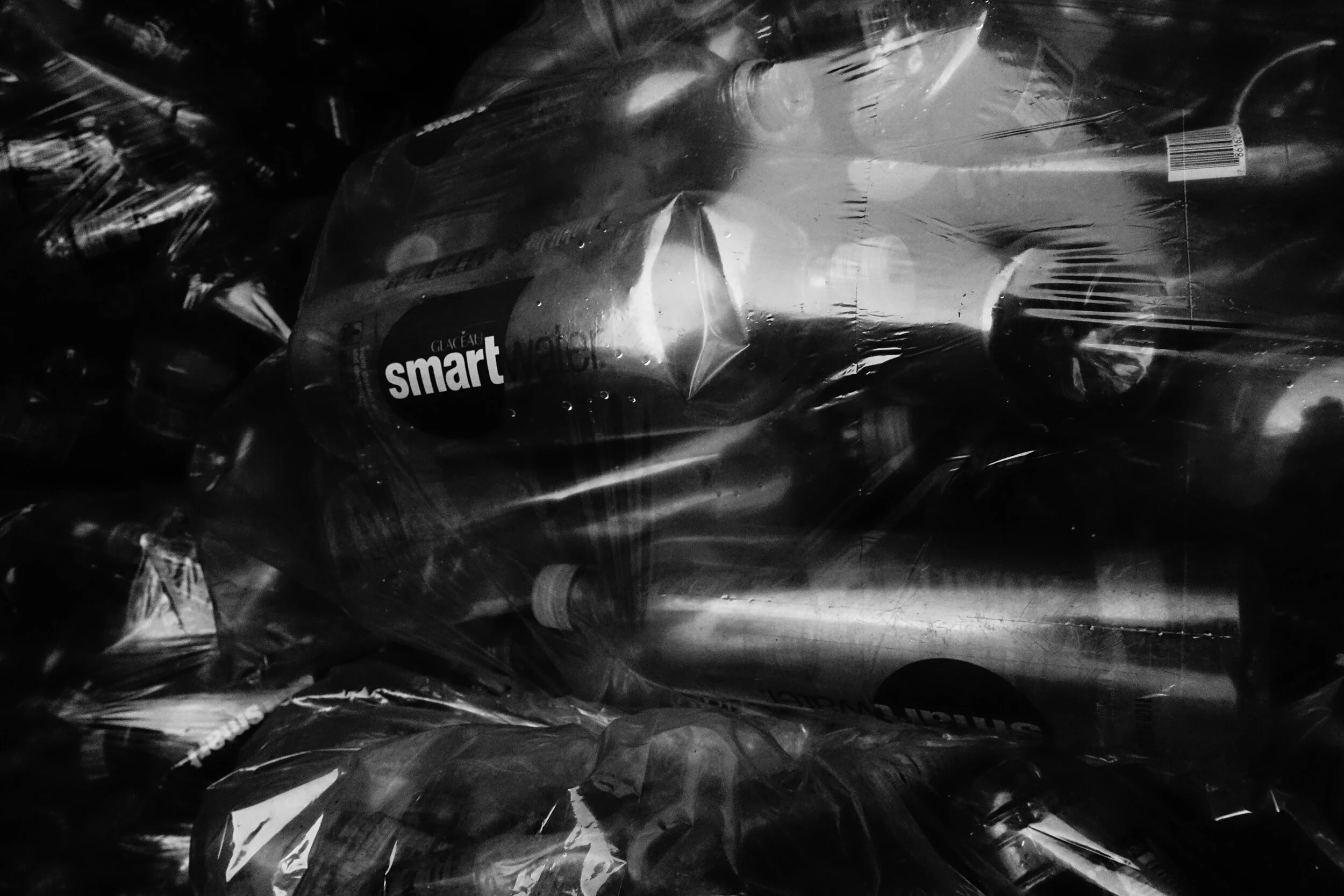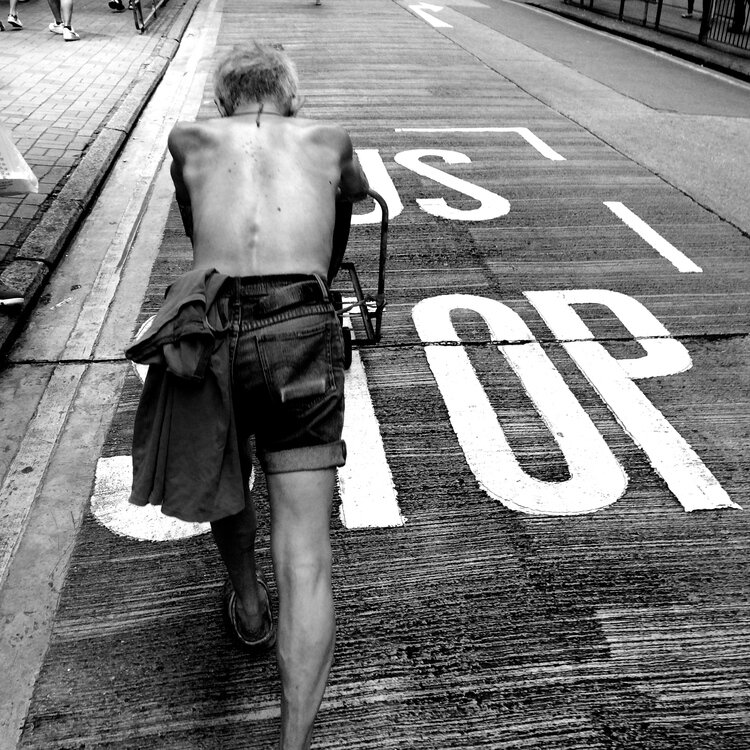NYC 2017 - 2019.
A look in the world of people collecting bottles and cans on the streets of New York City and the business that surrounds it.
___________________________________________________________________
Is the trash singing? Project description Margaux Helleu
The Lower East Side was my little American ‘mise en bouche’ to the making of this project.
Thursday, September 7th 2017, 5 AM, a truck smashes the collected glass with ease. I look outside and seeing a silhouette accompanying bags of cans and bottles, was the call to go downstairs to investigate...
A Chinese lady in her 70’s, covered from head to toes with layers of clothes, hats and gloves. She quickly explained how the business worked as we walked and collected threw the night with her two big bags hanging from a bamboo stick.
The following Monday after class, I get on the F train around 6.30 pm. A Chinese lady is sleeping in the corner of the train car. Next to her, two bags filled with bottles and cans resting on each other. This becomes my first photograph of this project. As she was trying to sleep I didn’t want to bother her but funnily enough, since then we met around the same time, around the same seat.
Having lived in Hong Kong right before, where I was introduced to collecting card-board for the past two years by elderly people, made me smile more than anything.
In October, I stumbled upon 'Sure We Can' which became the place transforming my story into this project.
Located in Bushwick, ‘Sure We Can’ is an NGO founded by Ana De Luco and Eugene Gadsden. Focused on recycling, composting and on educating the neighbourhood about their mission, they offer the canners a place to work, select and count the bottles and cans, with a place to store them.
Spanish music is blasting around accompanied with the orchestra of bags, bottles, glass and cans.
After coming back often to this redemption center, I got to meet and select with Maria who meticulously classifies plastic bottles by brands once they are collected from the streets.
Working at the center for three months was interesting, but the bottles were already all in bags. I was intrigued to learn more about the people in the streets collecting them.
In January 2018, I met José and that’s where it took a new turn. I got used to working with them in Hong Kong but here, the streets and communication was different. In HongKong, as much as i used gestures, asked my doorman to translate or use google translate to communicate, language had still been a bit of a barrier.
José speaks fluent english so this helped and motivated me not only to take pictures to document, but to try to use them further. I was starting to see the potential of this project and how my years in Hong Kong had taught me so much alread, this idea of a motivational guide came to mind.
José is a sixty five years old Puerto Rican man who’s been living in New York for quiet a while and collecting for more than 10 years. That day, he was waiting for bottles to get down from a building. His usual Tuesday 4 pm.
We talked for a bit, and I asked him to meet the next day, and the day after that. We met four times a week to go collect around Mid-Town until 42 nd street.
This lasted for two years.
He goes out on the streets four times a week from 10 am to 5 pm.
Often takes short breaks in between the buildings and walks about forty fifty blocks a day.
He collects to keep his mind busy and to earn some pocket money while cleaning up the streets.
The collecting starts from the buildings, where the bottles are often a bit cleaner. Once those are collected and the gloves are on, the search to the singing trash starts often up to Times Square.
‘Is the trash singing?’ José had made a whole game and song to collect.
I got to know New York by it’s trash bags and walks with José, it was great. Meeting his friends along the way, days would often finish by sitting for a while with a slice of pizza.
The treasures and the walk in the city speaks for its self, we could pick up 1600 cans and bottles on a regular day, translating to 80 dollars; and a possibility to make up to 100 to 150 dollars on a warm and sunny day, where people tend to drink more.
It varies a lot depending on the time and weather, but at the end of the day, you are always sure to find some bottles, and other objects.. MacBook Pro, cigars, beach chairs, fur coats , speakers and much more..
Other families could earn up to 300 dollars per day by collecting five times a week and with a good organisation.
The aim was and is , to use my photographs as a way of guiding someone through the process of collecting. A pocket size black and white photographic guide explaining the process and showing the work of the canners.
With the help of Jose for the main advices, and the stories of the other canners, the guide enriched and close to finalisation.
I would like to spread this guide on the streets, translate it into Spanish and Chinese, and other languages if possible, and really put it the out there. I think it is also to have a version were it would only be photography, a bit like the IKEA guide s,universal as they have very few, if no words.. Very simple.. simple enough to be understood by everybody and buy showing how much you can collect i hope it can motivate some to start the process.
If executed well, the project accomplishes two core objectives.
First, it helps disadvantaged people and gives them an opportunity to create a fair wage for themselves.
Secondly, it creates a new dynamic of cleaning up the streets while keeping your body and mind busy…
This is a story about changing people’s perceptions on how we treat the canners and how we treat our planet.
